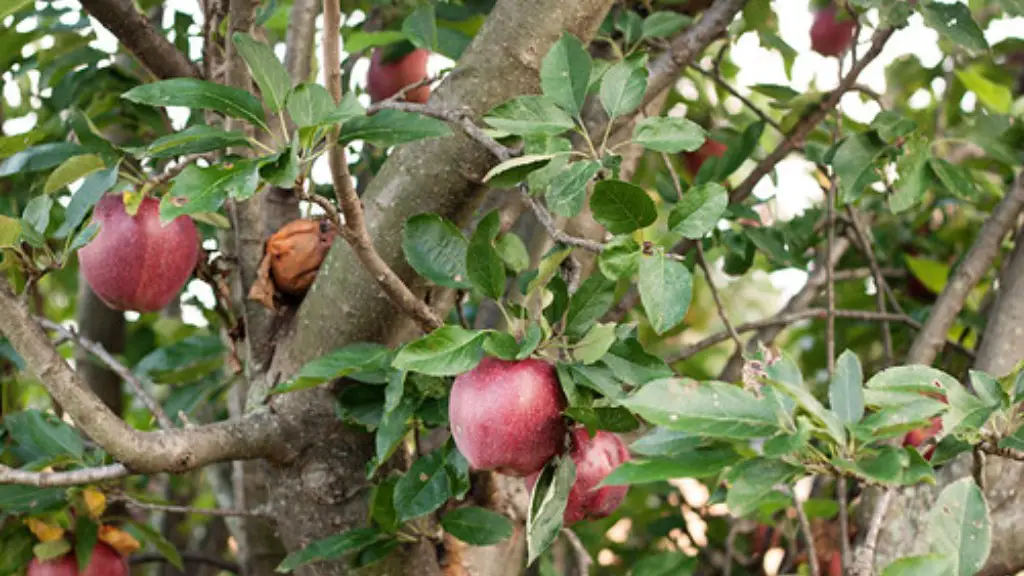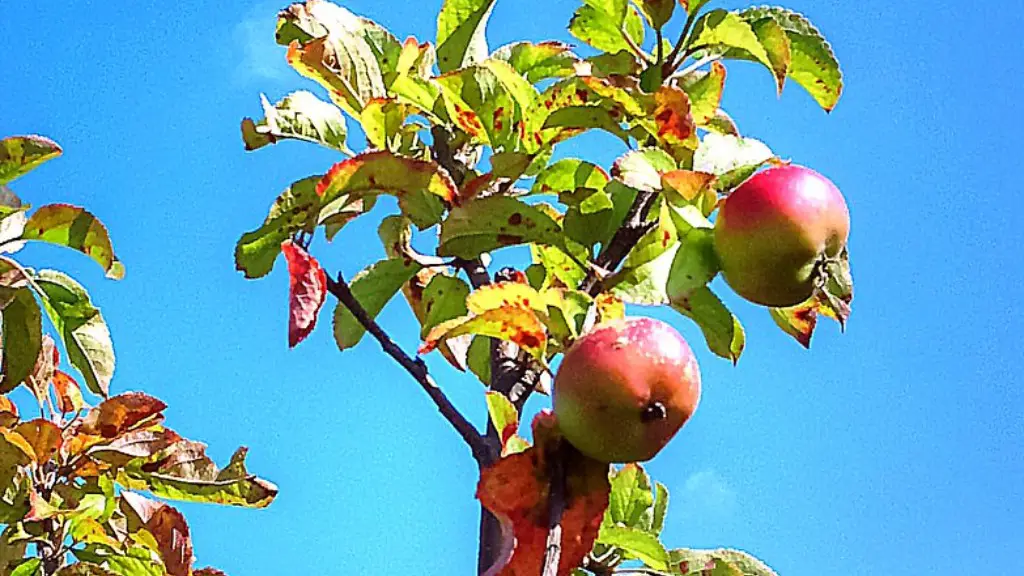Palm tree farming is a growing industry with a variety of uses including medicine, food, and other commercial products. Despite the vast different types, varieties and uses of palm trees, they share certain common characteristics that make them attractive to entrepreneurs looking to start a palm tree farm. Although palm tree farming is a high-investment undertaking and requires the right resources and knowledge, those who are willing to invest can reap the rewards.
To start a successful palm tree farm, the first step is to decide on the type of palms to cultivate. There are many different types of palms, each with different preferences for soil, climate and water, so investing in a variety of palms is essential to increase the chances of cultivating a good crop. Once you have identified the types of palms you wish to grow, research their growing requirements and develop a plan for monitoring their progress. This should include measuring the soil’s Ph levels, ensuring the trees have enough nutrients and water, and regularly pruning and removing dead or dying leaves.
Another important factor for setting up a successful palm tree farm is knowing the local market for your produce. Research the types of palm trees used locally and find out from local nurseries or experts which types have the highest demand. This will help you determine the variety of palms you should cultivate and the products you will likely be able to supply.
Another factor to consider when starting a palm tree farm is the cost of inputs such as the palm seedlings, irrigation systems, soil, and any other equipment required. It is important to develop a budget and make sure that you can afford to purchase the necessary inputs and maintain the trees. Investing in good quality inputs is essential as they will ensure the trees grow to healthy sizes before they can be harvested and sold.
To make a successful palm tree farm sustainable it is important to develop a business plan and marketing strategy. This can include targeting particular customers with specific marketing campaigns, setting up a website to promote the farm, or attending events in the area to showcase the business. Developing a pricing and distribution plan for the produce is a key component for success, as well as attempting to establish relationships with other farmers to share expertise and resources to improve efficiency.
Finally, legal considerations must be taken into account when starting any palm tree farm. This includes permits and zoning requirements, as well as researching project financing opportunities locally and nationally. Finding the right team of experts who are knowledgeable in the planning, development, and financial aspects of the project is essential for success.
Soil Requirements
The soil requirements for a successful palm tree farm are paramount to the success of the project. Knowing the type of soil, drainage and fertility of the area is fundamental to identify the best palms to cultivate. Depending on the types of palms grown, the soil must have different fertility levels, such as pH, salts, nitrogen and phosphorus. For example, if the farm is growing a species of date palms, the soil must be slightly alkaline, or around a pH of 7.5 or higher.
Whilst it is ideal to select land with the correct type of soils, some soil management techniques can be used to improve the fertility of the soil. The type of soil improvement techniques used depends on the type of palms grown, and can include adding fertilizer or lime, deep plowing and aeration of the soils. It is essential to use pH testing kits and fertilizers specifically designed for palm tree farming, as these will improve the soil and enhance the quality of the trees.
Consulting a soil specialist or an agronomist is a recommended step in setting up a palm tree farm, as they can help provide advice on the best soils and management techniques to suit the variety of palms grown and the desired outcomes. This advice can help optimize the production and ensure the farm is made up of healthy, thriving palms.
Harvesting and Resources
Harvesting and resources are important factors for running a successful palm tree farm. To ensure that palm trees are harvested in the best conditions, the trees must be monitored throughout the entire production process. Keeping track of the size, health and growth of the trees is the key to harvesting them in optimal condition. As the climate changes, impact and require different amounts of water, fertilizers and other inputs, monitoring the crops is essential to maintain the health of the trees.
Having the right resources available is essential for the successful operation of a palm tree farm. For example, having access to pruning tools is crucial to keep the palm trees in optimal condition and ensure they continue to produce healthy and profitable fruits. Investing in the right equipment and materials is essential to successfully produce a high-quality product. Developing relationships with suppliers and markets is also important to ensure the farm has access to the resources required.
Additionally, having a team of experts to support the pal tree farm is also beneficial for its success. This team can include sports scientists, agronomists or soil specialists that can provide expert advice or help with the production process. Finding knowledgeable and experienced professionals in the area of palm tree farming can help the farm run smoothly, optimize the production and ensure the highest quality of products.
Marketing Strategies
Having a clear marketing strategy and plan is essential for successful palm tree farming. Marketing is important for conveying the benefits of the product or service to potential customers and encouraging them to purchase. For this purpose, it is essential to identify the customer base and tailor the marketing plan accordingly. This includes researching customer’s needs and preferences and creating campaigns that are engaging and informative.
Digital marketing is essential to reach potential customers and inform them of the latest products and services. This includes creating content in the form of blogs, articles, YouTube videos and using Social media to share content and reach a wider audience. Developing relationships with local and regional markets is also essential to increase the customer base and visibility of the farm. Creating networks with local suppliers, restaurateurs and retailers is key to building a successful business.
Ultimately, having a passion for palm tree farming and understanding the different aspects of the business are essential for success. This includes knowing the local market, researching the types of palms that are most popular in the area, getting to know the customers, correctly monitoring and maintaining the palm trees, and developing marketing and business strategies for success. Running a successful a palm tree farm takes a significant investment of time, energy and capital but can be very rewarding in the long run.
Financial Planning
Financial planning is essential for the success of starting a palm tree farm. Before beginning, it is important to calculate the total investment required, taking into account the cost of seeds and seedlings, irrigation systems, soil, fertilizers and any other inputs needed to produce and harvest the palm trees. Furthermore, it is worth investing in good resources, as this will be reflected in the quality of the products
It is important to identify a reliable source of funding for the startup costs, including grants or loans from banks or other sources. Additionally, exploring project-financing opportunities from both private and public sources to support the project is also important. This can be beneficial for getting the project off on the right foot and ensuring that the necessary capital exists to run the farm and maintain the palms.
Developing a budget to monitor and track the expenses and income related to the palm trees is also important. This should include an estimate of the cost of inputs, such as seeds, seedlings, irrigation systems, soil, fertilizers and any other expenses associated with running a successful palm tree farm.
It is also essential to calculate the expected return on investment and plan how the profits will be utilized. Utilising all potential sources of income, such as selling fruits, leaves, trunks or yield from flowers, will help increase profitability. Additionally, investing in future-proof strategies, such as improving soil fertility or investing in the latest technology, can also help the palm tree farm become more sustainable and profitable in the long-run.
Technology Integration
Integrating technology into the palm tree farm can also help optimize production and create higher levels of efficiency. For example, installing digital sensors for soil moisture, temperature, and sunlight can provide important information about the growing environment and help ensure the best conditions for the palm trees. It can also help identify potential problems before they become serious, allowing for faster and more effective solutions.
Technology can also be used to improve the harvesting process. For example, sensors can be used to monitor the health of the trees and notify farmers when they are ripe and ready to be harvested. This allows them to pick the fruits more rapidly and efficiently, reducing labour costs and improving the harvesting process.
Furthermore, technology can be used to improve data collection and analysis. This allows farmers to better understand the needs of the trees and develop strategies to optimize production. For example, data analysis can help identify the most effective water, fertilizer, and pruning techniques for different types of palms, allowing for more precise and targeted approaches.
Finally, technology can also be used to collaborate with other palm tree famers to exchange resources and expertise. For example, creating digital networks may help farmers obtain support from experts, as well as access to resources and shared experiences. This helps reduce costs, optimize production and create more successful outcomes for all parties involved.
Risk Management
Risk management is a key element for the success of a palm tree farm. This includes researching the potential risks associated with the project, such as disease, insect infestation, natural disasters and other environment-related hazards. Knowing how to mitigate these risks is essential for the survival of the project. For instance, developing an integrated pest management program to control potential insect pests, or investing in insurance that covers losses due to crop disease.
Additionally, it is important to consider market-related risks, such as changes in consumer preferences or global competition. Having a good understanding of the current market trends and consumer needs is essential to better anticipate and manage these risks. Developing open channels with customers and consumers are also methods for managing the risks associated with the changing market.
It is also recommended to have a backup plan in case of unexpected risks or circumstances. This could include plan B strategies, such as investing in a range of products or investing in different climates. Additionally, setting a contingency fund for unexpected expenses or accidents is an effective way of managing risks.
Finally, having an expert team to provide advice and support throughout all stages of the production and sales process is essential for success. This team should be well-versed in the areas of planning, finance, marketing, risk management and sales.





